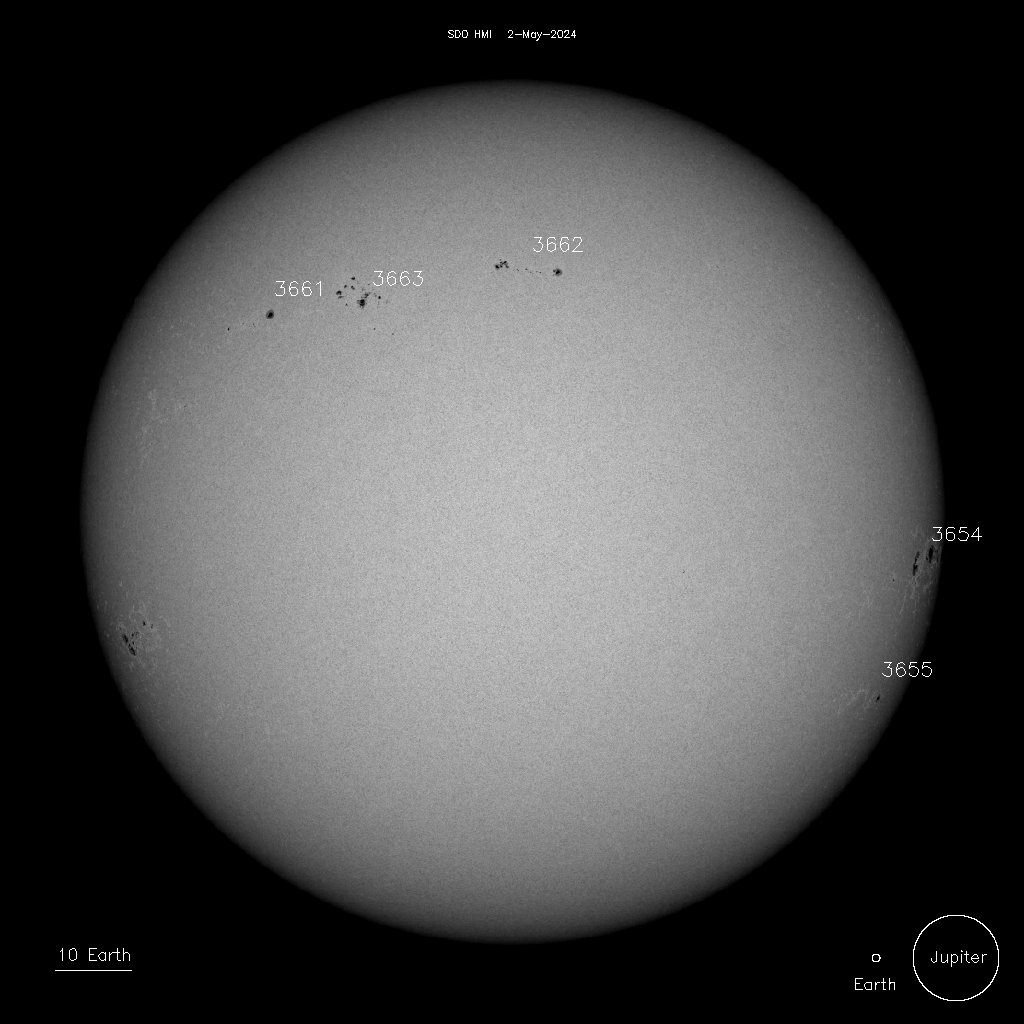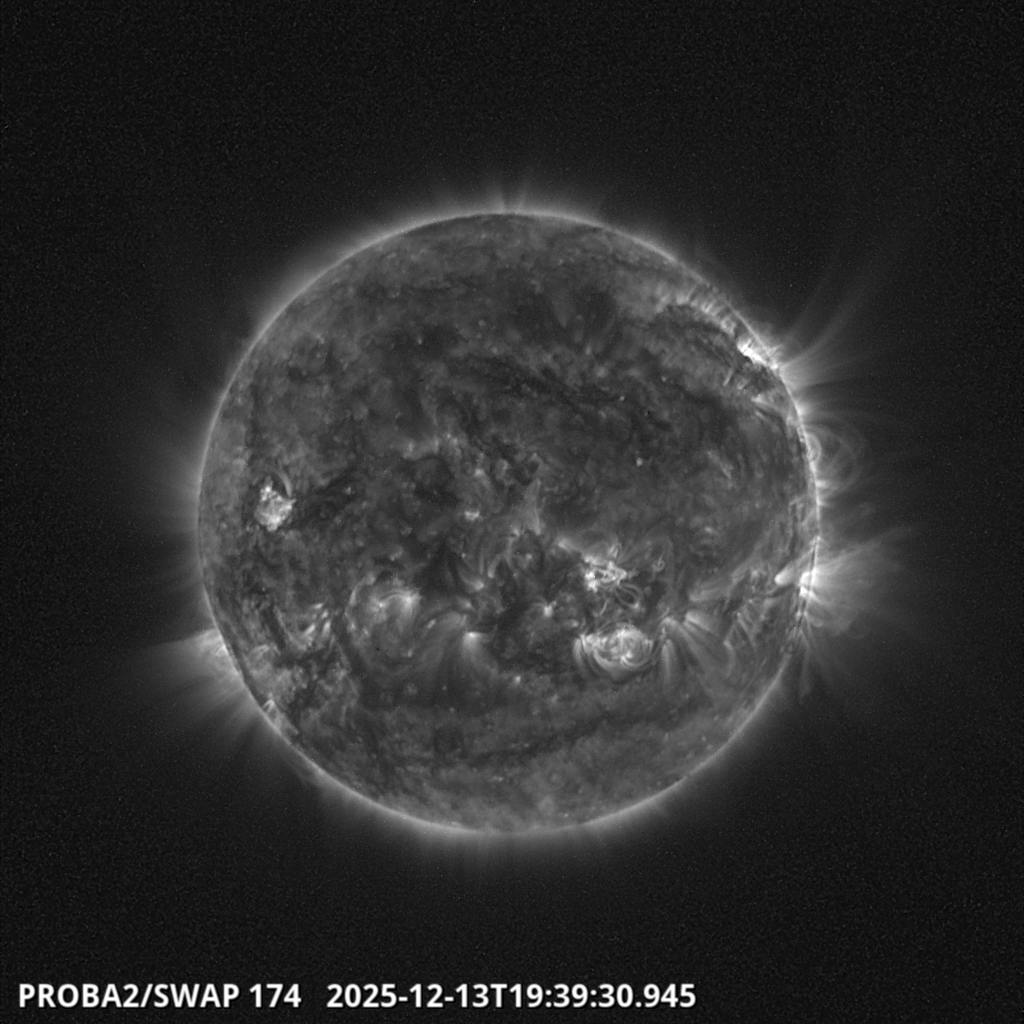The Simultaneous Nova & γ-Ray Emission From The V407 Cygni Symbiotic Binary
V407 Cygni (V407 Cyg, a.k.a FLAT J2102+4542) is a symbiotic nova binary system consisting of a Mira-type* pulsating red giant (RG) with a white dwarf (WD) companion with a pulsation period of 745 ± 15 days (Munari et al. 1990; Kolotilov et al. 1998), the longest of all known symbiotic Mira-type variable systems. Symbiotic novae are highly irregular eruptive variable stars with very slow nova-like outbursts (Kenyon & Webbink 1984), where V407 Cyg’s infra-red continuum and maser emission are detected at similar levels to other symbiotic stars (Abdo et al. 2010). A nova outburst from V407 Cyg was detected on 10 March 2010 (9); it had a magnitude of approximately 6.9 in an unfiltered CCD image obtained at 19:08 UT by Nishiyama & Kabashima [IAUC 2199] and later on the 13th of March by Cheung et al. [ATel #2487].
N.B.* To 17th century astronomers, Mira (o Ceti) was a wonderful star – a star whose brightness could change considerably over the course of ~330-800 days. Modern day astronomers now recognise this star, and similar stars, as an entire sub-class of long period Mira-type variables as cool, pulsating giant stars on the asymptotic giant branch (AGB) evolutionary track on the Hertzsprung-Russell diagram (Templeton et al. 2005). Please visit the American Association of Variable Star Observers (AAVSO) website for their observational database of Mira-type variables: [http://www.aavso.org/category/tags/mira-variable].
Classical novae are a subclass of cataclysmic variable star that experience rare, sudden increases in brightness of perhaps 3 but up to 9 magnitudes (Payne-Gaposchkin 1957; Gallagher & Starrfield 1978). As mentioned in previous posts, cataclysmic variable stars are, in fact, binary star systems which contain a WD accreting matter from a Roche Lobe filling, late-type binary main sequence companion (Warner 1995; Hellier 2001). Nova outbursts, and their subsequent increased luminosity, are thought to be caused by the result of a thermonuclear runaway event in the shell of accreted material on the WD surface, initiated once the temperature and pressure required for nuclear burning are reached (Payne-Gaposchkin 1957; Archipova & Mustel 1975; Robinson 1976; Gallagher & Starrfield 1978).
Novae emission is usually seen in the optical or UV frequencies. Current physical models posit that shocked expanding gas from the nova shell can produce X-ray emission but emission at higher energies, especially at γ-ray energies, has not been widely expected (Nelson et al. 2012). However, in 2010 a detection of high-energy (≳100MeV) γ-rays by a team utilising the Fermi Large Area Telescope (Fermi LAT) has opened up a new branch of astronomy: γ-ray novae emission. They reported that a peak flux in γ-rays was observed between 13–14 March 2010, 3–4 days after the initial γ-ray detection, with a total lifetime of activity of two weeks after the initial detection. So what would cause the emission of high-energy variable γ-rays (0.1–10 GeV) from a nova eruption event? Two possible paradigms for the γ-ray emission have been presented by Abdo et al. (2010), who theorise that the γ-rays originate from the part of the nova shell approaching the RG companion to the WD, which is supported by the γ-ray emission profile of V407 Cyg.
An initially spherical shell can sweep up mass from the companion RG wind asymmetrically and will reach a deceleration phase during which it expands adiabatically (Sedov 1995) with different temporal behaviour in different directions from the WD centre. Acceleration of protons and electrons takes place in the outgoing nova shock during both the free expansion phase and deceleration phase, where the measured γ-ray spectrum can be explained by π0 decay to γ-rays from proton-proton (pp) collisions or inverse Compton (IC) scattering of infrared photons from the RG by electrons. In both these scenarios, the γ-ray light curve in conjunction with the delayed rise of the X-ray flux can be explained qualitatively as a geometrical effect of the nova shell evolution.
Future studies, in my opinion, would need to confirm which of the two possible mechanisms is correct, or rather, whether one can be ruled out. The pp collision mechanism has opened the possibility of high-energy neutrino detection from this type of source, the natural product of π0 decay. Hence, possible future detection of neutrino particles from this source could add weight behind the π0 decay emission mechanism for γ-Ray novae.
Journal References:
- Abdo, A.A. et al. (2010) Gamma-Ray Emission Concurrent With The Nova In The Symbiotic Binary V407 Cygni. Science, 329 (5993): pp. 817-821.
- Shore, S.N. et al. (2012) The Spectroscopic Evolution Of The Symbiotic-Like Re-current Nova V407 Cygni During Its 2010 Outburst. Astronomy & Astrophysics, 540: Article I.D.: 55.
- Nelson, T. et al (2012) X-Ray Emission From An Asymmetric Blast Wave & A Massive White Dwarf In The Gamma-Ray Emitting Nova V407 Cyg. The Astrophysical Journal, 748 (1): Article I.D.: 43.















Comments are closed.